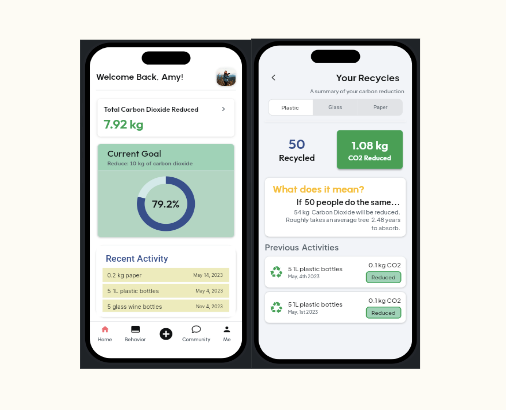A tool that helps teachers create, track, and evaluate small groups in their classroom.

The Importance of Group Work
Education shall be directed to the full development of the human personality and to the strengthening of respect for human rights and fundamental freedoms. It shall promote understanding, tolerance and friendship among all nations, racial or religious groups, and shall further the activities of the United Nations for the maintenance of peace.
Article 26.2 of the Declaration of Human Rights
This semester, I have been obsessed with group work because I believe it operationalizes a universal human value: The Golden Rule. Through group work, students must learn to navigate what it means to share a space with others. An emphasis on group work helps shift schools from a primary focus on individual cognitive abilities to crucial interpersonal skills that are becoming more important in an AI-driven society. Effective group work is driven by three parts:

Group Formation Process
How many different groups can you make in a classroom? Few people realize just how big a number that is. I was fortunate enough to have a TF (Josh) who helped me explore this principle and found the following mathematical solution.

How many ways can we sort the class?
Our problem is analogous to counting the number of ways we can distribute 𝑛 distinguishable particles into 𝑛 indistinguishable boxes. The particles represent the students and the boxes represent the groups. There’s a maximum of twenty possible groups (i.e. the case where every student is a group of one).The idea here is based on the inclusion-exclusion strategy in combinatorics. We ask “How many ways are there to divide the students into exactly 𝑛 groups, such that no group is empty?” Then we ask, “How many ways are there to divide the students into exactly 𝑛 − 1 groups, such that no group is empty?” We continue, counting all 𝑛 cases. The outer summation is adding up each of these cases. Within each group size, we have to adjust for overcounting, hence the (−1)𝑗 term; that’s what’s happening in the inner summation. We further adjust for overcounting using the 1 term.
Josh’s Math Wizard Friend
The GRumbler
Therefore, any attempt to tackle the complex problem of group formation was going to be technically challenging. Luckily, I cam across a professor at Harvard’s Kennedy School who had been working on a similar problem. He called his solution, the GRumbler.

Group Facilitation
Once groups have been formed, the challenge for teachers is how to facilitate effective group work. To support teachers, I I am developing a Professional Development session based on themes from How People Learn as well as the Project Zero’s Visible Learners. The session builds on the original Professional Design I drafted during How People Learn.


Documenting Group Work
During my research, I cam across Purdue University’s CATME framework for evaluating teamwork. Adding this to the GRumbler would provide a summative assessment on the team’s collaboration process from the students themselves.
CATME: Summative Assessment

CoStudy: Formative Assessment
I also met Brock Nelson who founded CoStudy, a digital tool that helps professors customize peer evaluations to better facilitate group work. While CATME provides a strong summative assessment, CoStudy could potentially support prompter interventions through quicker feedback loops.
Link: CoStudy
Looking Ahead
The next step of Grewper is to streamline the entire process of group work so that teacher can create, track, and evaluate group work effectively in their classrooms.









